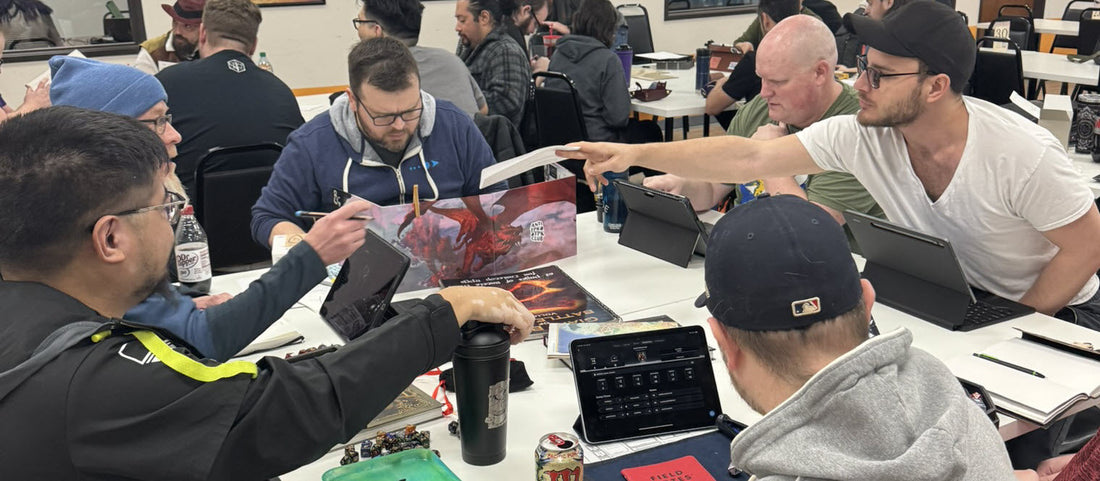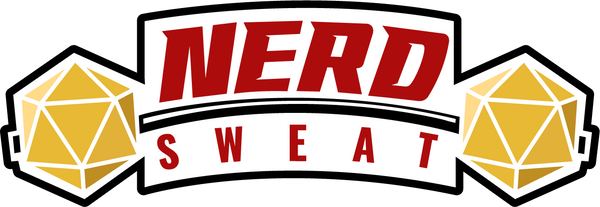
Balancing Combat and Roleplay in D&D: The Secret to a Truly Legendary Table
There’s a moment in every great D&D campaign when a player swings a sword with the force of fate… and then later shares a quiet, heartbreaking conversation around a campfire. These are the dual heartbeats of the game—combat and roleplay—and as Dungeon Masters, we’re the ones orchestrating the rhythm.
But how do you strike the balance? How do you keep the tacticians and the thespians equally enchanted? It’s less about dividing the pie perfectly and more about baking the right one for your group.
Let’s roll for insight.
⚔️ Combat: More Than Just Rolling Dice
Combat in D&D can be thrilling, cinematic, and deeply strategic—but if it's overused or feels disconnected from the story, it can drag.
🧠 Tip #1: Give Combat a Narrative Purpose
Every fight should advance the plot, reveal character, or raise the stakes. If it’s just monsters for monster’s sake, ask yourself why.
Example: Instead of a random goblin ambush, frame it as a moral dilemma—do the players protect a caravan from “raiders,” only to later learn those were starving refugees?
“Conflict becomes meaningful when it's not just about hit points, but about consequences.” – Matt Colville, Running the Game
🎮 Resources for Better Combat
- The Monsters Know What They’re Doing by Keith Ammann (a great resource for intelligent monster tactics)
- Kobold Fight Club (for encounter balance): https://kobold.club
- 5E Encounter Builder by DnD Beyond: https://www.dndbeyond.com/encounter-builder
🎭 Roleplay: Breathing Life into the World
Roleplay allows players to express their characters' values, forge relationships, and steer the story in unexpected directions.
💬 Tip #2: Embed Roleplay Into Every Session
You don’t need a full-on tavern scene to roleplay. Encourage in-character decisions during exploration, moral dilemmas in dungeons, or emotional reactions post-battle.
Example: After defeating a terrifying necromancer, give the cleric a letter found on the body—a plea for help from a forgotten sister. Watch the fallout spark character introspection and maybe a new quest.
“Give players a chance to show who their characters are, not just what they can do.” – Deborah Ann Woll, DM for Relics and Rarities
🛠️ Tools for Better Roleplay
- Tabletop Audio (ambiance to set the mood): https://tabletopaudio.com
- Backstory prompts from r/DnDBehindTheScreen
- The Ultimate RPG Character Backstory Guide by James D’Amato
🧭 Finding the Balance: The DM's Compass
No group is perfectly 50/50. Some are 70/30, or even 90/10. The key is observation and adaptation.
🎲 Tip #3: Check in With Your Players
Ask after sessions:
- “Did the combat feel meaningful?”
- “Did you have space to explore your character?”
Let your players know you’re tuning the experience to them. That builds trust—and better games.
🧪 Tip #4: Blend the Two!
Why not combine combat and roleplay in the same moment?
- Offer enemies who want to parley mid-fight.
- Add environmental stakes: a crumbling bridge, or a cursed sword that whispers secrets during the battle.
- Let roleplay alter initiative—if a bard talks a villain into a duel, that’s a narrative win!
🎉 Final Thoughts: It's Not a Tug-of-War
Balancing combat and roleplay isn't about compromising between two extremes. It's about crafting an experience that feels full and rich, where every type of player finds a moment to shine.
You don’t need a perfectly split pie—you need one that feeds the whole table.
So next session, when you’re planning that ogre ambush or emotional reunion, ask yourself:
How can I make this moment hit both the head and the heart?
That’s when your table goes from good… to legendary.
What’s your group’s balance between blades and banter? Share your best moments or tips in the comments! And if you're looking for more ways to level up your DM skills, stay tuned for next week's post on Managing Player Chaos (Without Losing Your Mind).
